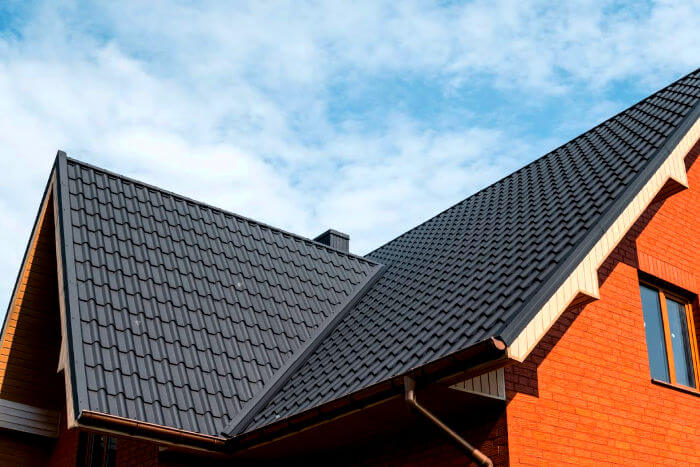Water Will Certainly Find a Way In

Water marks on a ceiling, or worse, leaking water, may have you fretted that your entire roofing system is in tatters. Yet just because there's a leakage does not imply your roofing system will call for an enormous quantity of fixings. Occasionally stopping it is as simple as filling up a split with caulk, changing a few shingles, or setting up some flashing-- a membrane or layer of steel that gives a mechanical barrier to redirect water at edges, crevices, voids, and also other areas at risk to dripping.
Fallen tree arm or legs, hail, and also even wind can loosen or remove shingles. Damaged blinking is another usual wrongdoer. Even rubberized boots around plumbing pipelines, or with incorrectly set up satellite dishes or solar panels can create isolated leakages. To establish what kind of leak you've jumped on your hands, first attempt to map it to its origin.
Looking for Leakages
It's simplest to discover a leak when it's drizzling outside. Bear in mind that water often accumulates at an area that's different where it's getting in-- it normally diminishes the length of a rafter or stud and also only drips once it reaches a low point.
In an unfinished attic, the framing shows up, so simply start at the leakage and also look along the size of any kind of wood mounting that causes that factor, to see if you locate a path of water that comes from higher up on your roof covering. In an ended up attic, you'll need to utilize a handheld device called a stab saw to remove any drywall that blocks your view. As soon as you believe you've located the beginning, http://edition.cnn.com/search/?text=Verona Roofing look at top of the roof covering (you can do this safely from the ground with a pair of field glasses) to see if Verona Flat Roof contractors you can determine any kind of evident wrongdoers, like missing shingles, or worn blinking near a smokeshaft.
If you can't locate the leak on your own, a qualified roofing contractor can execute an inspection and also make suggestions concerning whether repair or substitute is required. Also if you're able to locate your very own leak, you'll intend to leave the repair service work to a pro-- climbing onto your roofing with a high expansion ladder is a harmful task. Many leakages can be stopped if they're restricted to a couple of areas. If, nevertheless, you're experiencing reoccuring leakages, and also your roofing system runs out service warranty, it might be time for a brand-new roofing. The cash you would certainly invest in numerous short-term repairs is possibly much better put on a new roof with a prolonged warranty.
Various Other Indication
You do not need to wait for leakages to appear before you take into consideration repair work to your roof covering, though. Missing out on, harmed, or curling shingles can all be signs of leaks to find. And also the age of your roofing system itself can be an overview-- home owner's insurance companies normally presume an asphalt shingle roof will certainly last about two decades, as well as some insurers will not provide insurance coverage if your roofing system is older than that. If your roof was placed on by the previous owner of your residence, a roofer or a qualified house assessor can normally offer a harsh quote of the age, based upon the problem of the roof shingles.
Also without leaks or apparent indicators of damages to the roof covering, it can make good sense to replace an out-of-warranty roofing that's greater than two decades old. That's because when a leakage creates, it can do major damage to the timber sheathing underneath the roof shingles. And also if that sheathing becomes warped or decayed, replacing it can include several thousand bucks to the overall cost of your new roofing when you do navigate to replacing it. The image listed below shows the various layers involved in a common roof.
Insurance policy Coverage
Before you work with any person to deal with your roofing system, call your house owner's insurance provider to inspect your deductible and insurance coverage for roof covering repair work or substitute. You'll intend to weigh your out-of-pocket costs versus the expense of changing your roof entirely. Consider any resulting increase in your costs as well-- it may make more feeling to simply cover the expense yourself.
Usually, homeowner's insurance plan may cover, or contribute towards, the fixing of separated leakages, but won't cover the price of replacement. A lot of insurers will send an insurer to supply a quote for the repair, and policies normally cover repair services to the roof, along with any type of damage to the framing, drywall, or floor covering that arises from a leaking roofing. If you do get a payment from your insurance company, you can use that cash to make the specific repair work, or apply it towards the cost of an overall replacement.